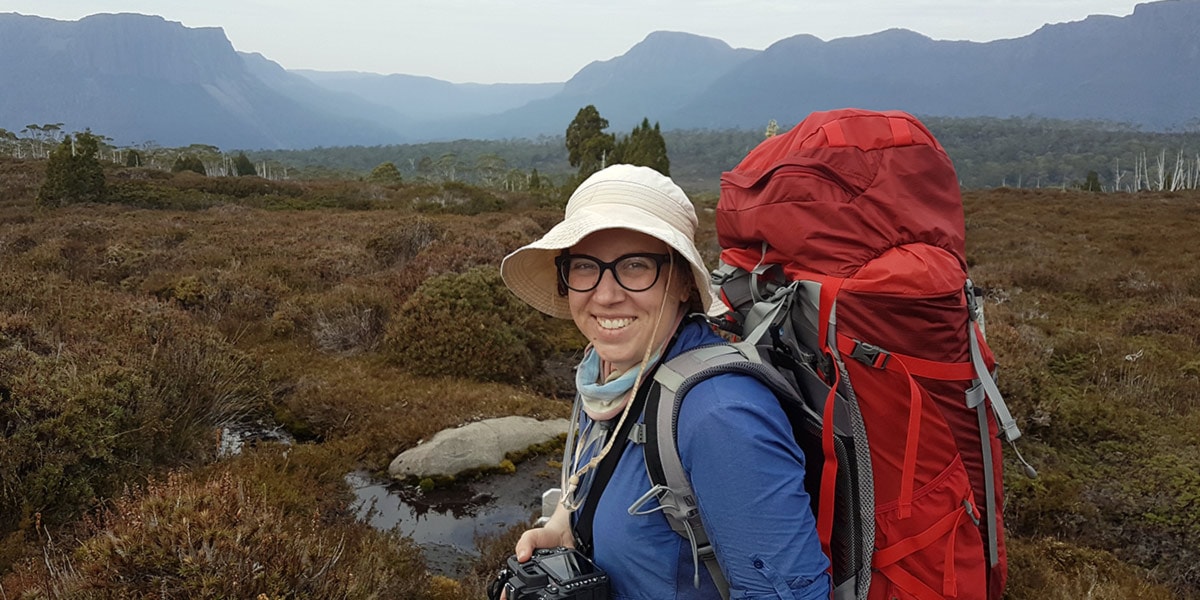When you have to carry all your own gear, it can be really hard to figure out what camera to take on a multi-day hike. That 70-300mm lens sounded like a great idea at the time, but after four days of trekking the extra weight really adds up. I’ve just got back from a six day hike lugging my own gear. Thankfully this time I’d converted to a lighter body, the Nikon D750, and my new full frame camera meant I only needed to take one lens (the Nikon 24-70 f/2.8) vs two (an additional wide-angle). But you might be wondering what the best option is for you…
What camera should I take hiking?
The best way to make the decision about what camera to take is made easier by working backwards. Ask yourself: What am I going to use these photos for? If you’re going to post selfies to social media and be done with it, then you might be better off with a phone. Or are you going to sell them later to a stock agency? Then you’ll probably need a DSLR.
I recently had to weigh up between switching to mirrorless cameras and purchasing another DSLR body, and despite the extra weight I got another DSLR. I decided to keep going with a DSLR as I wouldn’t need to buy new lenses, plus I sell my images on stock sites and as prints, so I want them to be high quality.
You should’ve seen all the weight calculations I did before making the decision! It’s about balancing image quality against weight. Here are the pros and cons of each type of camera.

Phone Camera
Pros
- Extremely light
- Quickly accessible
- Sometimes water resistant
Cons
- No powerpoints in the wilderness. Some people get around this by using a solar charger or battery pack. On a side note, when I was doing Everest Base Camp Trek, you could actually pay to charge your phone or camera batteries along the way!
- Image quality is only suitable for limited uses
- You have to carry a charger
Recommended for: those who want to post pics to social media, take a few selfies along the way. A bonus tip for phone camera users: see if your phone has an ultra power saving mode. While in that mode, enable the camera function. It’ll give you several more days of photo time!
Mirrorless Camera
Pros
- Lightweight compromise between phone quality and DSLR
- Variety of lenses available including wide angle for landscapes
Cons
- Can weigh almost as much as a DSLR with good quality lenses
Recommended for: People who haven’t already committed to a DSLR system, photographic enthusiasts.

DSLR Camera
Pros
- Superior image quality
- Huge range of lenses
- The top models will be environmentally sealed and able to withstand rugged conditions.
Cons
- Heavy, especially with good lenses
- Hard to attach to exterior of pack
Recommended for: Professional photographers, people wanting to make large prints or sell photos online
Tripod
I also take a very small gorillapod with me, so I can set up long exposure shots with ease. I’ve found it to be a great compromise for travelling, rather than taking my full carbon fibre tripod along.

Bag
The other piece of kit I’ve recently purchased is a Lowepro Toploader Zoom 50, which is just big enough to carry a Nikon D750 with a 24-70 f/2.8 attached. I want to keep the bag close at hand, either on my chest or belt clip so I can get it out easily. I’ve previously travelled with a Crumpler Haven M, but because it’s not a closed bag I’ve had to keep it in a dry bag in my backpack, and take my pack off every time I want to use it, or keep the camera around my neck. I still use the Crumpler for my urban adventures with a satchel bag.
I still haven’t figured out the best way to carry this equipment while hiking. While I was carrying this on a recent trek with the strap across my body over my hiking bag, I found it pulled across my neck too much. I think a better way to carry it would be across the chest strap, but it’s tricky as a woman as the bag won’t sit flat. I’d love to hear any suggestions you might have for good camera bags for multi-day hikes.
Photo credit – the pictures of me were taken by my lovely husband Justin.




I disagree with how you lump all mirrorless cameras together. Some of the mirrorless camera’s have apsc or even full frame sensors. They don’t necessarily give up anything image wise to dslr’s. The main drawback is the digital viewfinders and the less “comfortable” handling with large lenses.
I would categorize cameras as such:
Potato (samsung s3, 2007-era point and shoot, disposable film camera in good light)
Good Phone/ 1/2.6 sensor Point and shoot(Iphone 7, wx350, google pixel)
Advanced point and shoot w/ “1 inch” style senor (g9x or rx100),
4/3’s mirrorless (Olympus or Panasonic )
Aps-c cameras (Sony e-mount, cannon ef-m mount, crop frame dslr’s)
Full frame cameras (Sony FE mount like a a7x, Full frame dslr like a Canon 1d)
I would take my iPhone or maybe a mirrorless camera if I had one. As you say, it all depends on what you’re after. You can’t do astrophotography with an iPhone, which is something I’d want to do if I went into the wilderness.
I appreciated the good guide and clear comparisons between the different options-and now I have to go see if my hone has a super battery saving mode like you mentioned!
Looks like you had a fabulous time! I’m loving the blog and photos!